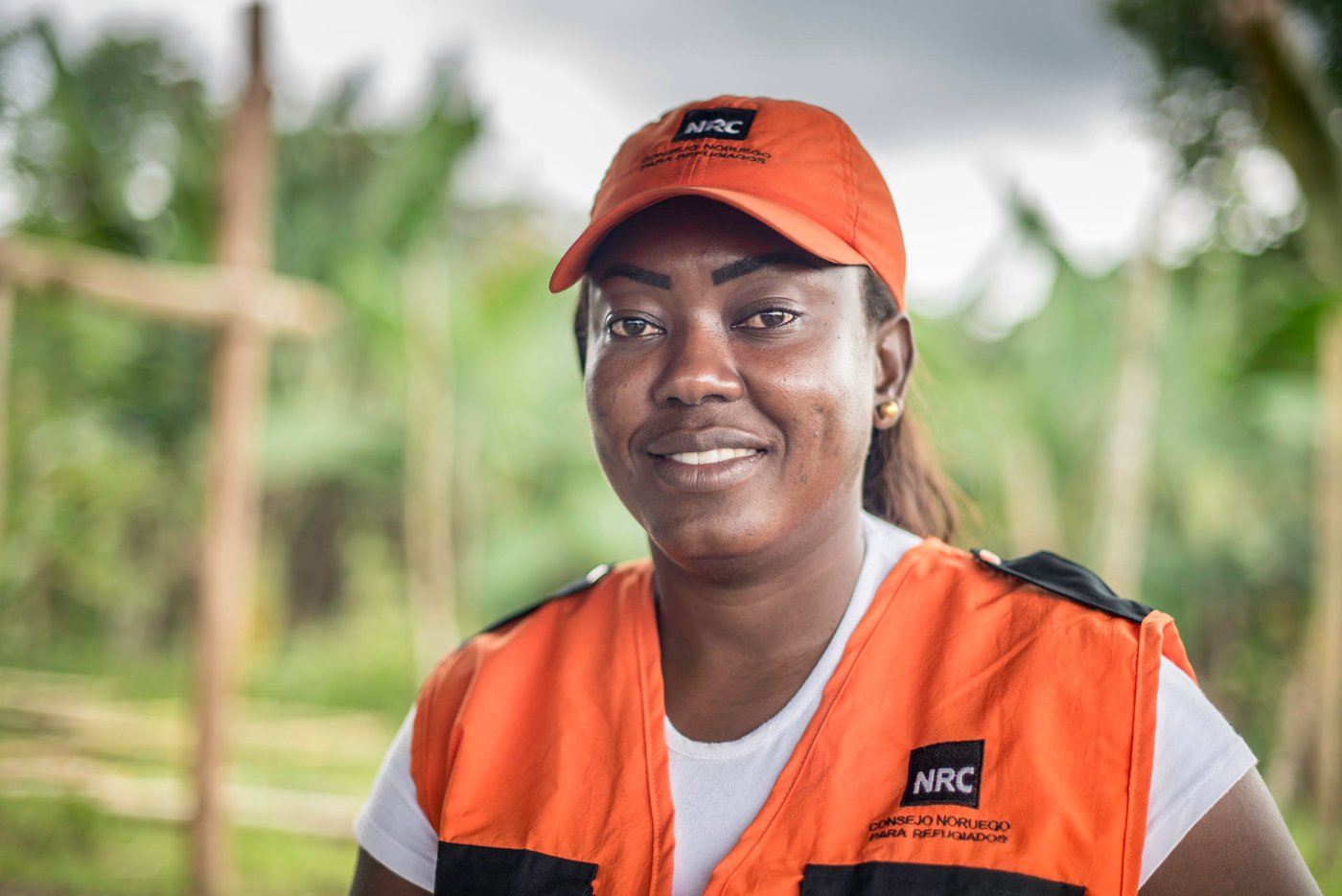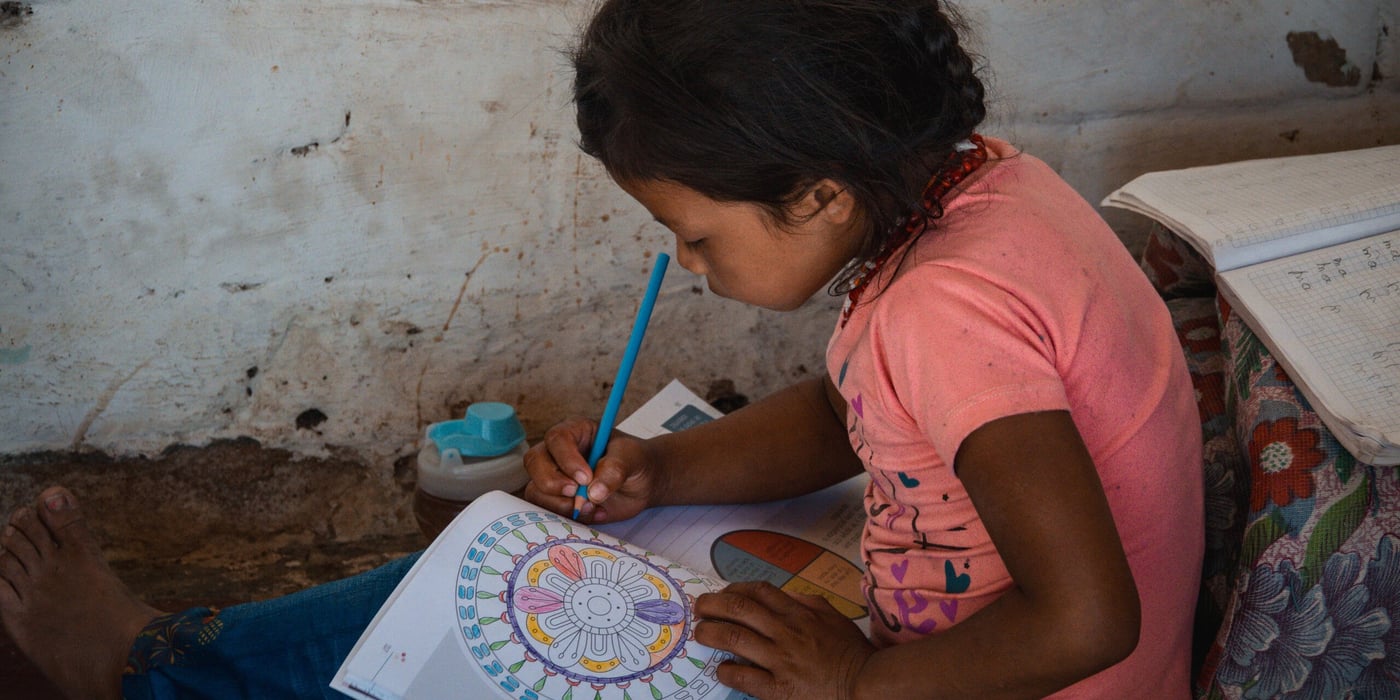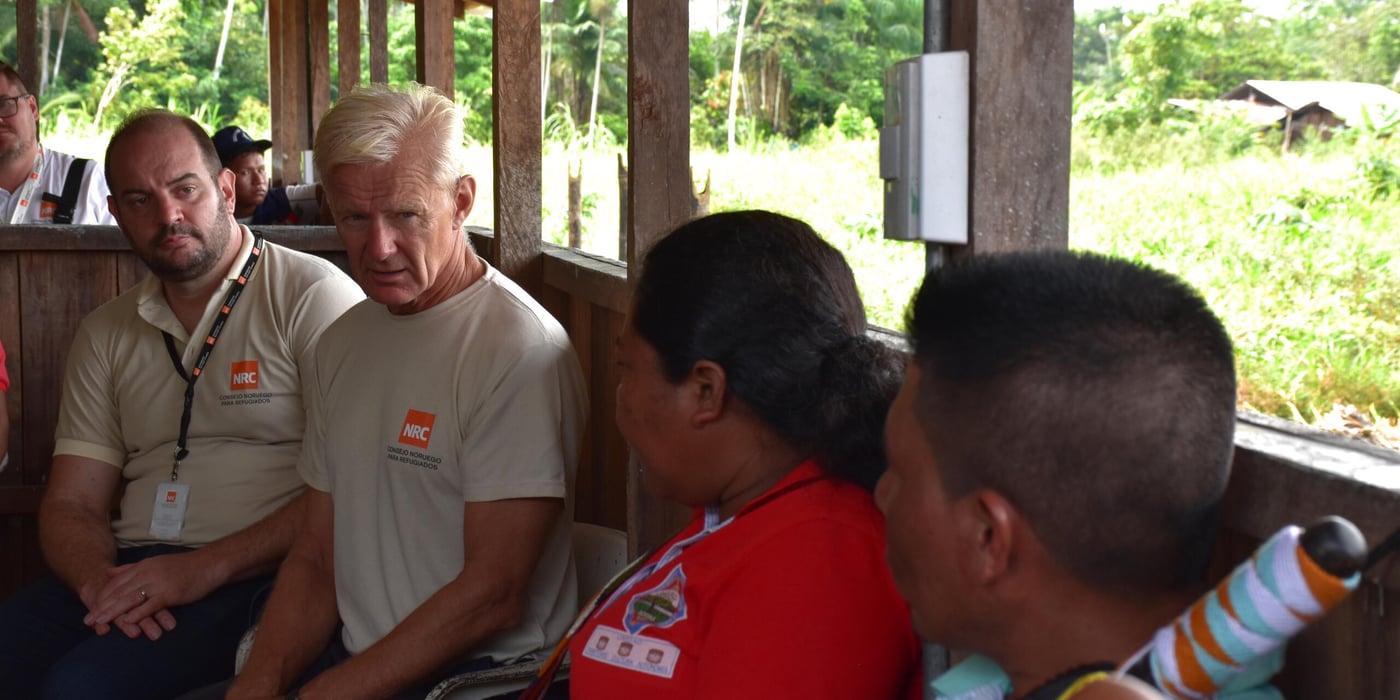
The Colombian government and the armed group FARC-EP entered into a peace agreement in 2016, but still there is armed conflict in the country. Some places, the fighting has intensified after FARC-EP laid down their weapons.
Fearing for their lives
After three hours by car on a bumpy road and an hour and a half by boat along a river surrounded by lush jungle, we arrive in a village deep in the rainforest. We are in the Chocó region, on the western coast of Colombia. Previously, FARC-EP controlled many of the areas in the region. Now, fighting between the rebel group ELN and another armed group have turned the area into a battlefield.
The village is the hub of the indigenous group Embera, one of 104 indigenous groups in Colombia. It is home to more than 2,000 of the Embera, who live in smaller communities along the river and in the surrounding mountains. In October 2017, the population in the village increased by more than a thousand people. The reason: people were running for their lives.
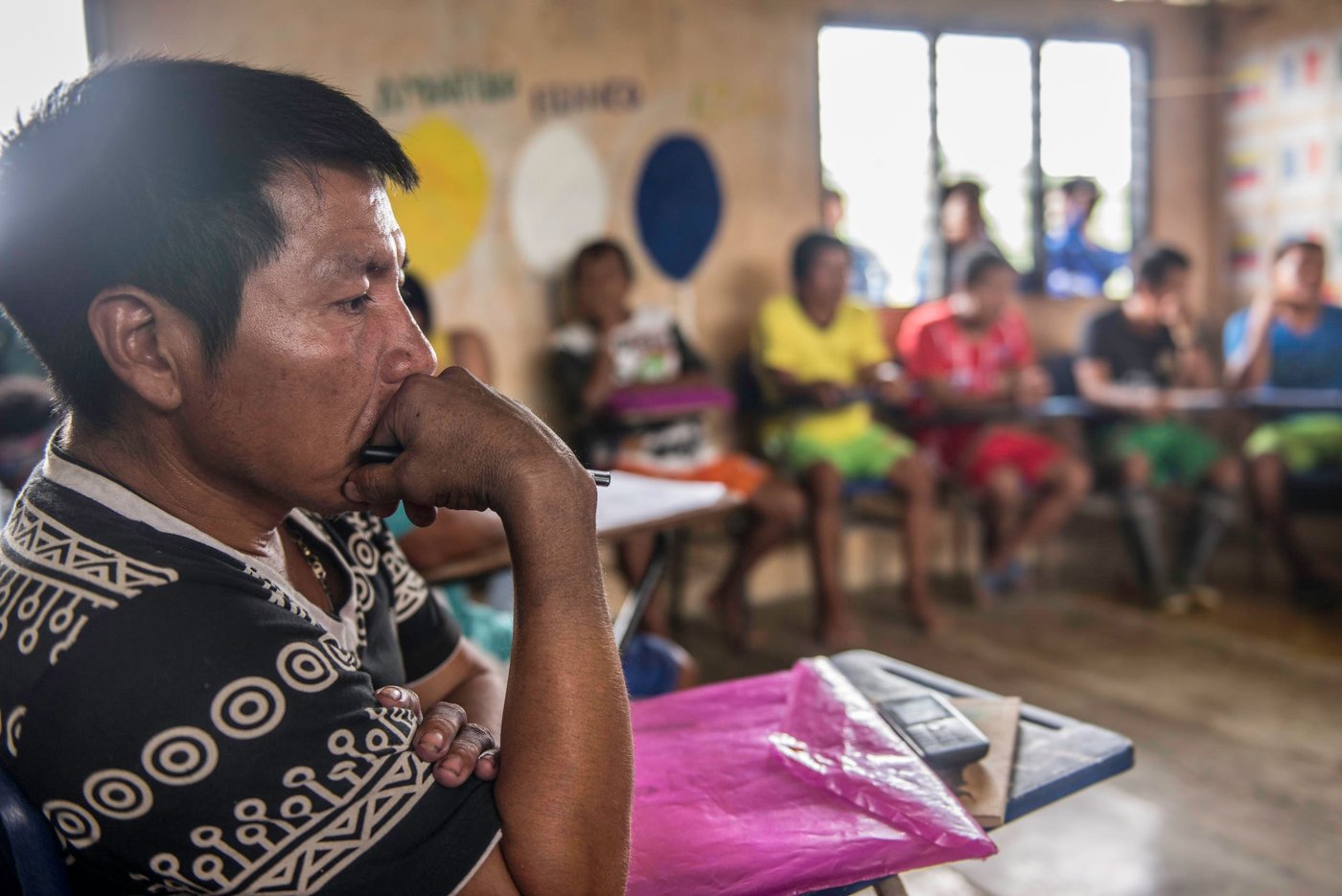
The murder of a village leader
In October 2017, one of their leaders was murdered.
"He worked for the rights of the indigenous population and fought for our lands. We believe this is the reason he was murdered," says one of the other village leaders.
But how could this happen in Colombia exactly one year after the peace agreement?
"The peace agreement was made with FARC-EP, but there are also other armed groups who have not entered into a peace agreement with the government."
Many groups want control over natural resources and important drug routes in the pacific region and are now fighting for areas previously controlled by FARC-EP. The areas where Afro-Colombians and indigenous groups live have been especially affected by the conflict. Seven out of ten of those who were forced to flee in 2017 are from these areas.
Read also: 10 things threatening the peace in Colombia
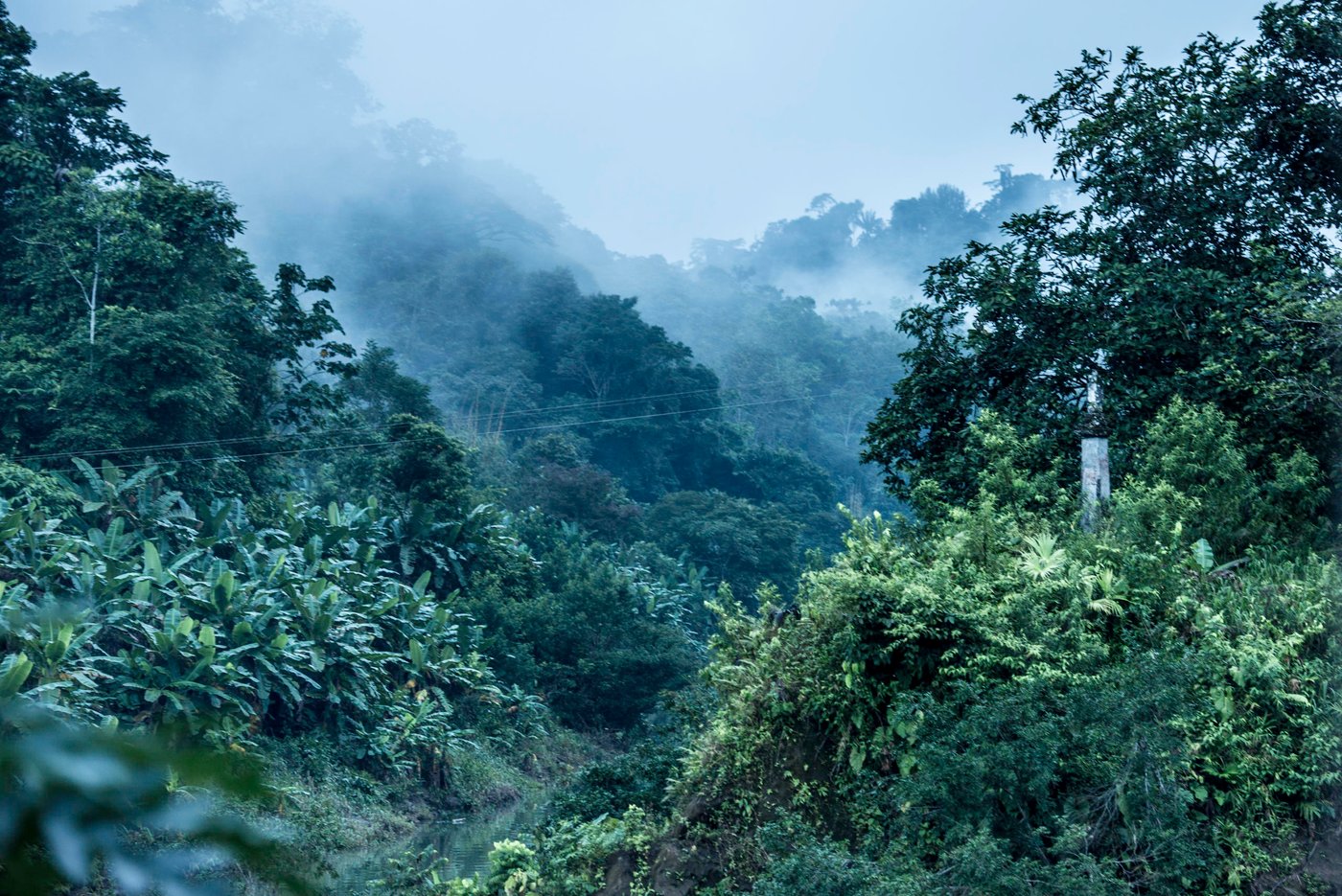
Forced to flee again and again
This is not the first time the Embera have been forced to flee.
"We have been forced to flee several times since the beginning of the 1970s," says the village leader.
Only in the last ten years, his village has on four separate times received large groups of people fleeing from armed groups: in 2008, 2009, 2014 and most recently in 2017. Many have fled several times.
"We hear that the government is trying to make peace with these groups, but that's only on paper. We need the peace to reach our areas. Words are not enough, we need to see action."
Our work in the area
The Norwegian Refugee Council (NRC) has been present in Colombia since 1991.
"In Chocó we inform indigenous groups about their rights, and provide legal aid in questions relating to land rights and compensations after having been forced to flee," says Judith Palacios, who works with legal counselling in NRC. "In this village we help make sure that children get to go to school, and provide clean water to the community."
The village leader is grateful for the help: "Now we know our rights and we know how to fight for them."
